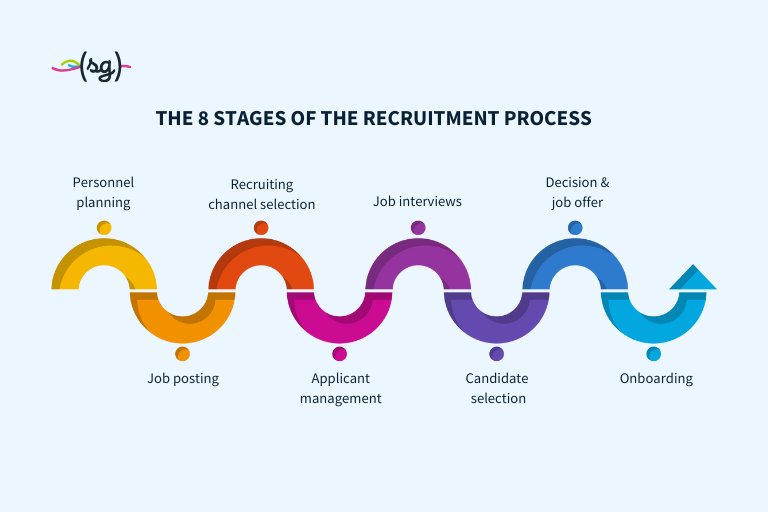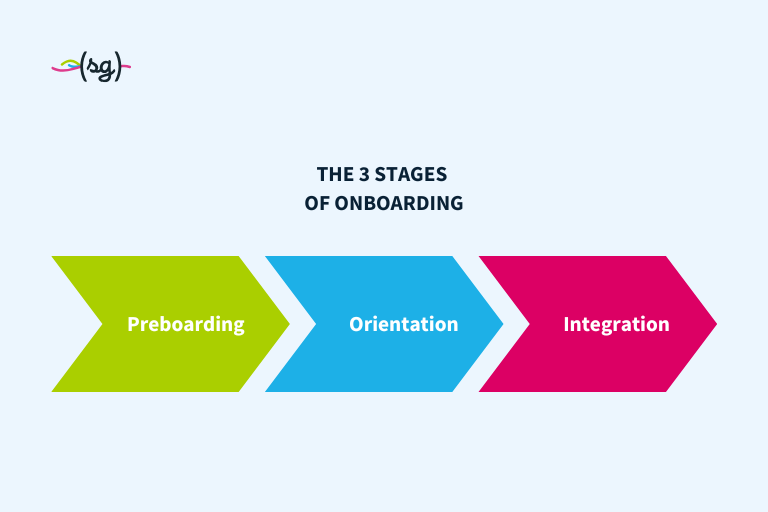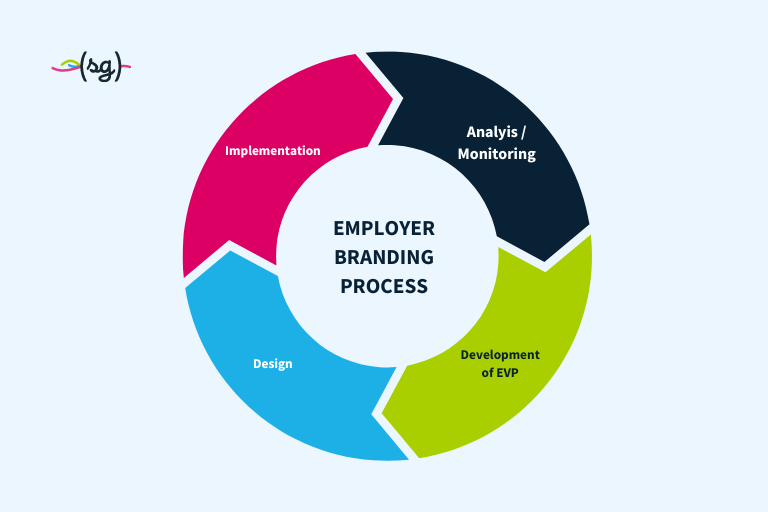Broadly speaking TRM (Talent Relationship Management) is a term used to describe the cultivation of clients and the maintenance of good customer relations. In recruitment terms this specifically applies to the process of finding and maintaining passive talent, as well as candidates who have an active desire to work for a company.
The two categories of Talent Relationship Management
Talent Relationship Management essentially falls into two categories, internal and external. Internal TRM applies to the techniques used by employers to maintain good relations with their existing employees, which in turn secures a fruitful and on-demand talent supply.
Internal Talent Relationship Management
Internal TRM generally requires the strategic retention, recruitment, training and development of employees. A basic overview of these processes is as follows:
Staff Retention
Maintaining the necessary working environment and atmosphere to uphold engagement and high morale amongst employees.
Internal Recruitment
Internally advertising vacancies and reassigning employees into new positions via transfer or promotion.
Employee Development
Providing educational training and development courses to encourage employees to acquire additional skills and knowledge.
Employee Training
Providing training for employees in order to prepare them for new roles or the use of specific machinery or technology.
Other techniques involve creating loyalty schemes which reward employees for their commitment to the company. These techniques ideally retain the key performers of a company, for example those with high potential or irreplaceable professions.
The use of internal Talent Relationship Management is also becoming increasingly popular as today’s career paths become less predictable. In comparison to the relatively committed Baby Boomers for example, Generation Y are likely to have around 15 career changes over the course of their working lives. Internal TRM can be successful in helping to retain these employees.
External Talent Relationship Management
External TRM refers to the processes used by employers/recruiters to cultivate new talent, maintain strong candidate relations, and build skilled talent pools. Applicant pools enable recruiters to choose from a range of candidates when a position becomes available. This is especially useful for hard-to-fill vacancies.
Common external TRM techniques include the following:
Employer Branding
Upholding a positive company ‘personality’ with consistent and authentic employer branding.
External recruitment
Assessing the skills and qualifications needed for open vacancies and hiring the appropriate external candidates to perform the role.
Talent Pools
Creating talent pools of skilled applicants for potential hire at a later date.
Professional Contact
Keeping regular contact with applicants in order to maintain good relations for the future benefit of the employer, and candidate.
External TRM also refers to the techniques used to maintain communication with employees who have left a company. In regards to the current economic system it is likely that a staff member will leave, and come back to their previous employer at a later date. Maintaining contact with ex-employees provides companies with potential candidates who already have the necessary skills and/or training for positions. Returning employees generally need less on-boarding which can save employers time and money.
The main focus of both internal and external TRM is the cultivation of a strong ‘fan base’, which is carefully maintained in order to give employers the competitive edge when it comes to recruiting.
Talent Relationship Management and softgarden
The softgarden application tracking system allows its users to implement some of the key TRM techniques discussed above. The software allows companies to design unique job ads to boost their brand image. Employers can add their company logo and colors to job ads, and make the use of professional photography and copyrighting services to boost their brand image.
The application tracking system also makes it simple for companies to set up candidate pools with pre-defined criteria. This is particularly useful if a business is looking to hire a range of employees with different skills sets. The applicants will automatically be placed in the relevant pools, which make it easier for recruiters to pick the right talent.
Once the candidates are collected in the pools they are kept updated with frequent, friendly emails to ask them if their data is still up to date and if they want to stay within the pool.









